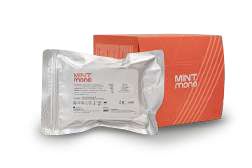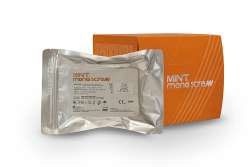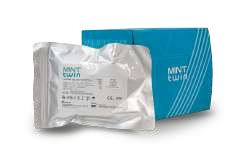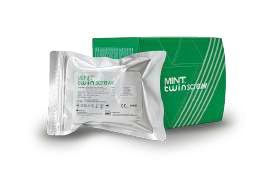PDO Mono Threads
PDO Mono Threads
What are PDO Threads?
Thread lift treatments are a minimally invasive procedure using dissolvable PDO threads (Polydioxanone threads) – they are a medical grade thread used for suturing for over 20 years. The threads are broken down naturally by the body over time. PDO Thread Lifts are designed to rejuvenate, regenerate and improve facial structure, giving the same benefits as a facelift, but without the need for surgery.
Mono Threads are the simplest form of PDO threads – they are smooth (NOT BARBED OR COGGED) and don’t have hooks for lifting. They are inserted under the skin in a mesh-like pattern to stimulate collagen production.
Primarily used for skin tightening, fine-line reduction, crepey skin, not dramatic lifting. Natural-looking results without looking “done” – Minimal downtime, recovery is quick
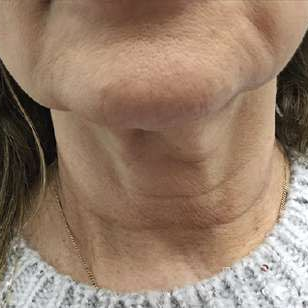
Before
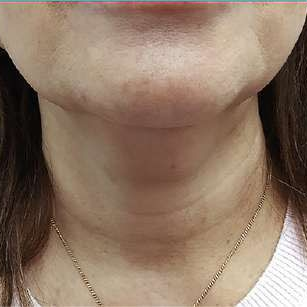
After
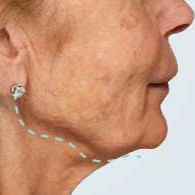
Before
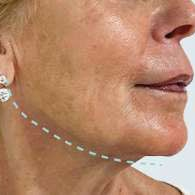
After
Menu
How do they work?
The practitioner inserts the threads into the dermis using a fine needle
The presence of the thread acts as a “scaffold” that triggers the body’s healing response
Over the next weeks to months, fibroblasts product new collagen and elastic around the thread
The PDO thread gradually dissolves (usually in 4-6 months), but the collagen network remains, keeping skin firmer.
Common Treatment Areas
Cheeks
Jawline & jowls
Neck
Forehead lines
Eyebrows
Nasolabial folds (smile lines)
Marionette lines
Under the chin
You can in fact have PDO threads anywhere on the face & body!
Common temporary effects ~ These usually resolve within a few days to a week
- Bruising and swelling at the insertion points
- Tenderness or mild pain in the treated area
- Slight dimpling or skin irregularities while threads settle
- Itching during healing as collagen production ramps up
Less Common Risks
Infection if the area isn’t kept clean or the procedure isn’t sterile
Thread visibility or palpability if placed too close to the skin surface
Inflammatory reaction (redness, swelling, warmth that persists)
Allergic reaction (rare, since PDO is usually biocompatible)
Downtime?
Avoid vigorous exercise, facials, or touching the area for the first few days
Avoid the treatment if you have active skin infections, autoimmune disorders affecting healing, or, blood clotting issues unless cleared by a doctor
An SPF30 (minimum) is advised to avoid post-inflammatory hyperpigmentation, especially in Fitzpatrick skin types Iv-VI
Avoid making long dental appointments for at least four weeks after treatment because mouth opening may be restricted
No facial massaging for two weeks, terminate Vitamin E seven days before the treatment and for another seven days post-treatment
For discomfort, paracetamol should be sufficient, Ibuprofen should be avoided because inflammation is necessary for fibrosis
